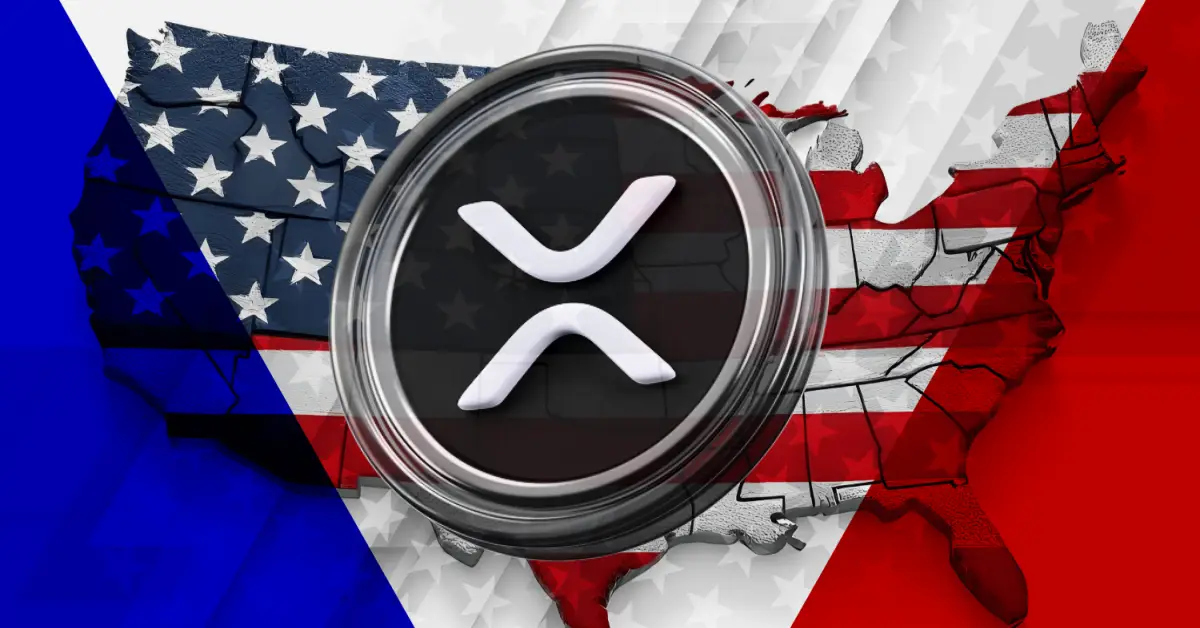
The idea of the U.S. government holding XRP as part of a national reserve might sound far-fetched—but it’s a conversation that’s actually gaining traction in parts of the finance and crypto world.
The concept gained traction earlier this year following a private meeting involving Ripple executives, including CEO Brad Garlinghouse. At the time, speculation soared, with some industry watchers estimating a 50% chance that XRP could be added to a federal reserve strategy. That probability has since dipped to around 22%, but the conversation remains active.
Connor McLaughlin, a wealth manager and digital asset commentator, recently shared his perspective on the idea on The Paul Barron Network. While he believes a national XRP reserve could be beneficial, he cautioned that its impact would depend on the reasoning behind it.
“If it’s just an investment allocation, that’s one thing,” McLaughlin said. “But a higher-level partnership between Ripple and the U.S. government, driven by real liquidity use cases—that’s where the value really lies.”
He added that while Bitcoin has already begun finding its place in institutional portfolios, expanding federal interest into other crypto assets like XRP has been met with mixed reactions.
“It looked like there was some momentum,” he added, “but internal disagreements may have stalled any serious effort. It’s unclear if the government simply paused to avoid controversy, or if the idea was abandoned altogether.”
McLaughlin said that regardless of current government hesitation, long-term adoption trends may eventually force a reconsideration.
“Over time, these technologies will prove themselves. If the U.S. misses the boat now, we could see a repeat of what happened with Bitcoin—ignored early, then reluctantly accepted.”
Some have floated creative ideas for how the government could accumulate XRP. One theory involves the U.S. Treasury redirecting penalties or fines related to Ripple’s ongoing legal proceedings into XRP holdings for a strategic reserve. According to McLaughlin, while plausible, a more compelling future would be XRP being used in the financial system’s underlying infrastructure, not just held passively.
“The real excitement comes if tier-one banks start using XRP for real-time settlement and financial plumbing,” he said. “That’s what would truly move the needle for the ecosystem.”
An XRP reserve would be a stockpile of XRP held by the U.S. government for potential financial infrastructure use or liquidity purposes.
The idea of XRP being in the U.S. strategic reserve is still speculative, with opinions divided on its viability and long-term value.
The United States government ostensibly holds 28,988 Bitcoin (BTC) units from the previously presumed reserves…
Ripple Labs-backed XRP gained 5 percent in the past 24 hours to trade above $3.04…
The United States House of Representatives has voted to advance three major crypto bills on…
Ozak AI, a project operating at the intersection of artificial intelligence and blockchain technology, is…
Get ready to revolutionize your gaming experience. Casino.TG, the first truly native Telegram casino, has…
A new viral memecoin, which costs less than $0.002, is garnering significant attention in the…